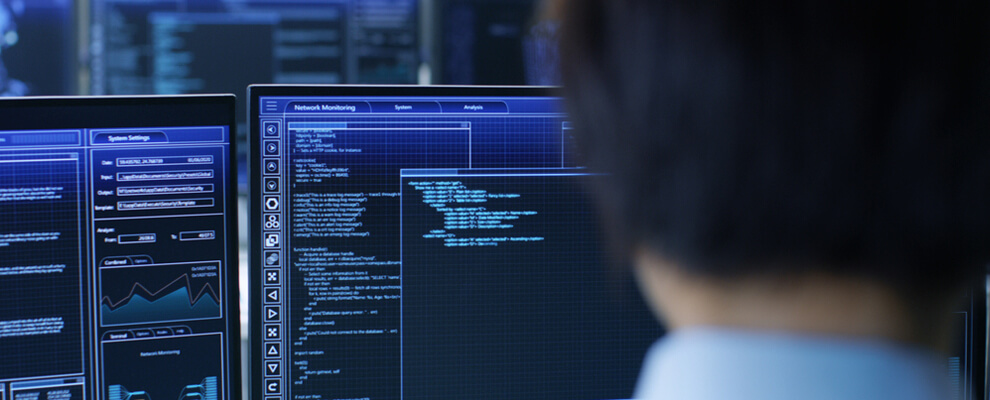Artificial intelligence is more accessible than ever before. It’s also more useful than ever thanks to new applications for businesses of all kinds, including industrial companies. One such application of AI is machine condition monitoring. By tracking a machine’s condition through sensors, AI-based software can predict when a machine will need maintenance and even take action to prevent failures. We expect this technology to continue to spread as more companies adopt it. Here are some of the trends to follow.

AI Trends in Machine Condition Monitoring
Components Continue to Shrink
One challenge that companies face when they want to retrofit old machines is the placement of sensors. Since most equipment wasn’t designed with this in mind, finding the right place to position a sensor can be challenging. However, sensors continue to get smaller without losing accuracy. As sensors shrink, we will likely see complete packages that eliminate the need for wires. A smaller sensor means you can package more features into the same space.
For example, you can already buy sensors that have short-distance wireless transmission capabilities. By placing a small receiver nearby, you can relay data without using wires. This has potential to revolutionize data gathering, as some machines generate interference that make wired transmission impractical. Soon, there won’t be a machine whose data cannot be collected. In addition, smaller components will consume less power, which means less time spent changing batteries.
Processing Moves Into the Cloud
As more cloud-based processing capacity emerges, we expect to see very few businesses relying on their local machines for data processing. Cloud-based computing eliminates the need to pay large up-front costs for computer hardware. Instead, you’ll pay based on how much processing power you actually use. Cloud computing is always on, and the burden of maintenance is shifted to the service provider instead of your IT staff. It’s also much faster than what your local machine is capable of.
Using the cloud provides other benefits as well. It makes your data accessible from anywhere in the world, provided you have an internet connection. Your data can still be sent down to your facilities for safekeeping if you need it, so you lose nothing by migrating to cloud computing. This technology is already quite mature, but it still has room to grow. We expect it to become much more affordable and easier to access as more providers enter the market.
AI Software Is Getting More Affordable
Early adopters of AI for machine condition monitoring had to develop their own algorithms and models for analysis. Today, AI-powered software packages can be purchased as turnkey solutions. While you will still need to do some customizing to get an AI to do exactly what you want for your specific hardware, you no longer need a doctorate in computer science to make it happen. Many AI systems allow you to input parameters and the software will do the rest.
Nevertheless, convenience comes at a cost. Even if that cost is less than a completely custom solution, AI still isn’t inexpensive. However, as these AI programs find more real-world applications, the cost will come down and implementation will be even easier going forward.
Big Data Equals Big Insights
The goal of using AI is to get insights that allow you to make smarter decisions and automate tasks. The more data you have, the more accurate the AI will perform and the better the resulting recommendations. As more data flows into the cloud, we expect to see larger pools of data that your company can use to its advantage. This could be especially useful in the machine monitoring space.
Your machine data could be pooled together with that of another company. Multiply that by the thousands and the total amount of machine data will be so vast that your AI will be even more accurate. As machines get smarter, we expect to see manufacturers collect this data and use it to push updates to machines to improve longevity and performance.
The Sooner the Better
One trend that we know won’t change is that early adopters reap the most rewards from their investments in artificial intelligence. Monitoring your machines’ health through data collection and AI will give you a significant advantage over competitors. Don’t be left behind: contact SAAB RDS to schedule an appointment so we can help you join the AI revolution.
